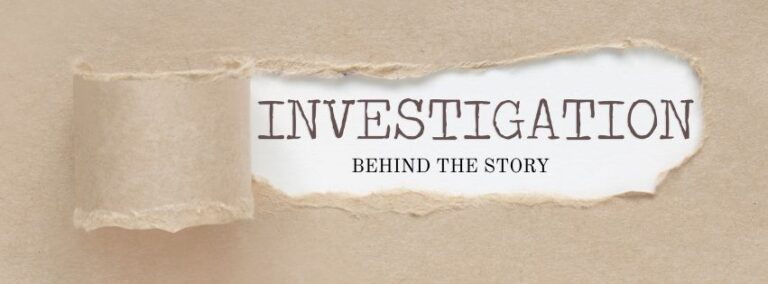Weekly Fiscal Facts are provided to Wisconsin Newspaper Association members by the Wisconsin Policy Forum, the state’s leading resource for nonpartisan state and local government research and civic education. The Wisconsin Policy Forum logo can be downloaded here.
Wisconsin is a longstanding national leader in enjoying and protecting its abundant natural resources. But meanwhile, state tax funding for conservation, public lands, and the environment has been in a generation-long decline, even as participation in outdoor activities soared during the COVID-19 pandemic and has since stayed elevated.
This heightens the tension between the state’s current level of conservation funding and its ability to maintain its outdoor heritage and address future needs. In light of this – and the state’s improved fiscal health — policymakers may wish to consider new state funding sources for conservation.
Wisconsin receives a substantial economic boost from its natural resources. Outdoor recreation added $8.71 billion in value to Wisconsin’s economy in 2021 and supported more than 89,000 jobs. The industry accounted for 2.4% of state GDP compared to 1.9% nationally.
The state’s timber industry is second in the nation for total employment and supports more than 61,000 jobs and more than $6.9 billion in economic activity. Wisconsin also had $70 million in gross sales of fishing and hunting licenses in the state in 2019 – the fourth-highest total nationally. That year, it also ranked sixth nationally in the number of anglers who bought fishing licenses and fifth in the number of individuals who bought hunting licenses.
In recent years, however, Wisconsin has seen an erosion in overall funding provided to conservation, parks, and the environment in the form of General Purpose Revenue (GPR). GPR is drawn from the state’s general fund, which collects revenue from the state’s main taxes on income and sales. At the same time, other funding sources have increased, such as fees imposed on state park visits.
The Wisconsin DNR received $334.3 million in GPR funding in the 1995-97 state budget but only $197.5 million in the 2021-23 budget. That was a 40.9% decrease even before adjusting for inflation, or a 68.8% decrease in inflation-adjusted dollars.
Prior to 1995, state parks were funded equally by GPR and fees and other funds but by the 2015-17 budget, all GPR funding for the parks had been eliminated. This is one reason why Wisconsin spent only $19.6 million in 2017 to operate its state parks, or $1.08 per visit, which according to annual surveys from the National Association of State Parks Directors was the lowest in the country.
Spending has also diminished within the state’s Knowles-Nelson Stewardship program, which uses borrowing to pay for land purchases for conservation, easements to protect land against development, and infrastructure that help the public access and enjoy public lands. Overall Stewardship spending in 2022 was $14.1 million – the lowest in at least two decades and down 83.2% from its 2007 peak of $84.3 million.
The state’s current economy and quality of life would not have been possible without far-sighted use of its lands, waters, and natural resources. While Wisconsin once stood out among the 50 states in this respect, it has now drifted toward the middle of the pack in many indicators and lower than that in others. Now, increased demand for outdoor recreation and the state’s record budget surplus provide an impetus and opportunity to re-prioritize conservation and public lands and ensure Wisconsin’s outdoor legacy is extended to the next generation.
Potential conservation funding options include: increasing existing fees to match inflation; redirecting some of the state’s existing real estate transfer fee revenues toward conservation and public lands; providing current or new sales tax revenues for conservation and parks; creating an income tax credit for land or easements donated for conservation; or expanding existing state and local collaboration to provide parks, forestry, and conservation services.
This information is a service of the Wisconsin Policy Forum, the state’s leading resource for nonpartisan state and local government research and civic education. Learn more at wispolicyforum.org.



